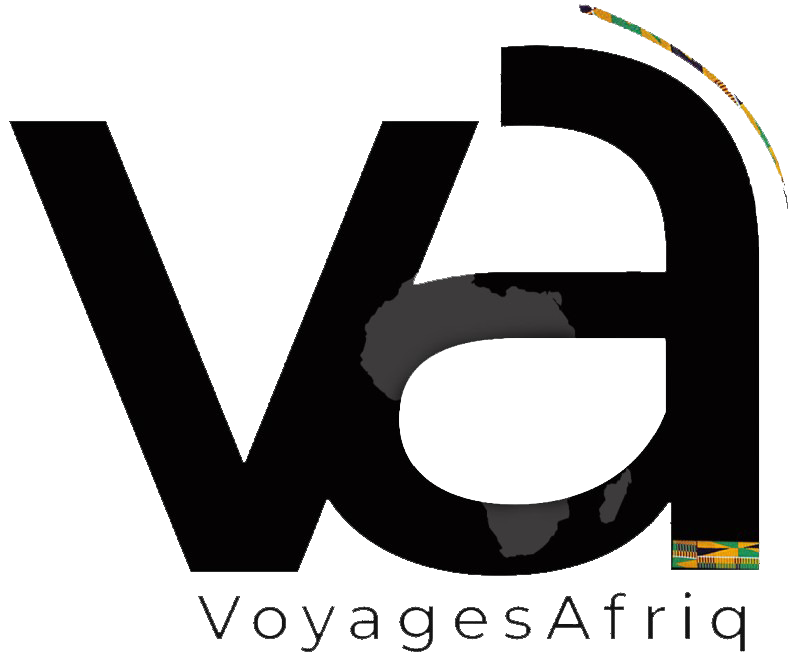Tanzania is an East African country known for its vast wilderness areas. They include the plains of Serengeti National Park, a safari mecca populated by the “big five” game (elephant, lion, leopard, buffalo, rhino), and Kilimanjaro National Park, home to Africa’s highest mountain. Offshore lie the tropical islands of Zanzibar, with Arabic influences, and Mafia, with a marine park home to whale sharks and coral reefs.
Tanzania is country so wealthy that it would practically take years to document all the resources. Not only is the country proud to bear witness to the highest and largest free standing mountain in the world but also to the rich and diverse wildlife concentrations, mineral and other resources available. If Africa’s tourism opportunities were to be summarized by one single country that country would be Tanzania. The wildlife of Tanzania refers to the fauna of Tanzania.
Tanzania contains some 20 percent of the species of Africa’s large mammal population, found across its reserves, conservation areas, marine parks, and 17 national parks, spread over an area of more than 42,000 square kilometres (16,000 sq mi) and forming approximately 38 percent of the country’s territory.
Wildlife
Wildlife resources of Tanzania are described as “without parallel in Africa” and “the prime game viewing country”. Serengeti National Park, the country’s second largest national park area at 14,763 square kilometres (5,700 sq mi), is located in northern Tanzania and is famous for its extensive migratory herds of wildebeests and zebra while also having the reputation as one of the great natural wonders of the world. The Ngorongoro Conservation Area, established in 1959, is a UNESCO World Heritage Site and inhabited by the Maasai people. Its Ngorongoro Crater is the largest intact caldera in the world.
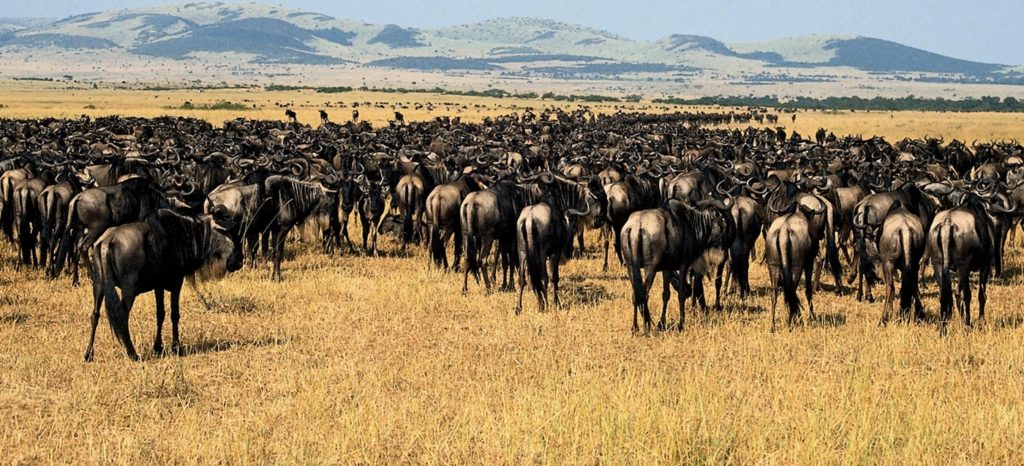
The national parks are also part of the wetlands of Tanzania. The wild animals tend to be closer to the wetlands, particularly the water loving species such as the hippopotamus, waterbuck, common warthog, elephant, crocodile, sitatunga as well as water birds such as flamingoes and ducks.
Cultural Tourism
With over 120 resident different tribes, there is plenty of local history and colour to be found in all areas of Tanzania .Tanzania’s people are among the most welcoming and approachable on earth with diverse and unique cultures ready to be shared with visitors. It is a rewarding experience to leave your 4X4 vehicle behind and walk through scenic local resident villages with greatest Cultural landscapes in Africa. On the lash tropical slopes of Mt Meru, and Mt Kilimanjaro Waarusha, Wameru or Wachagga guides will proudly describe their carefully cultivated ‘shambas’ with coffee, bananas, fruits, vegetables and dairy cow farming while the World famous Maasai will share with you their age-old pastoralist heritage. Spend part of your time to meet friendly faces of Africa and learn about their ways of life
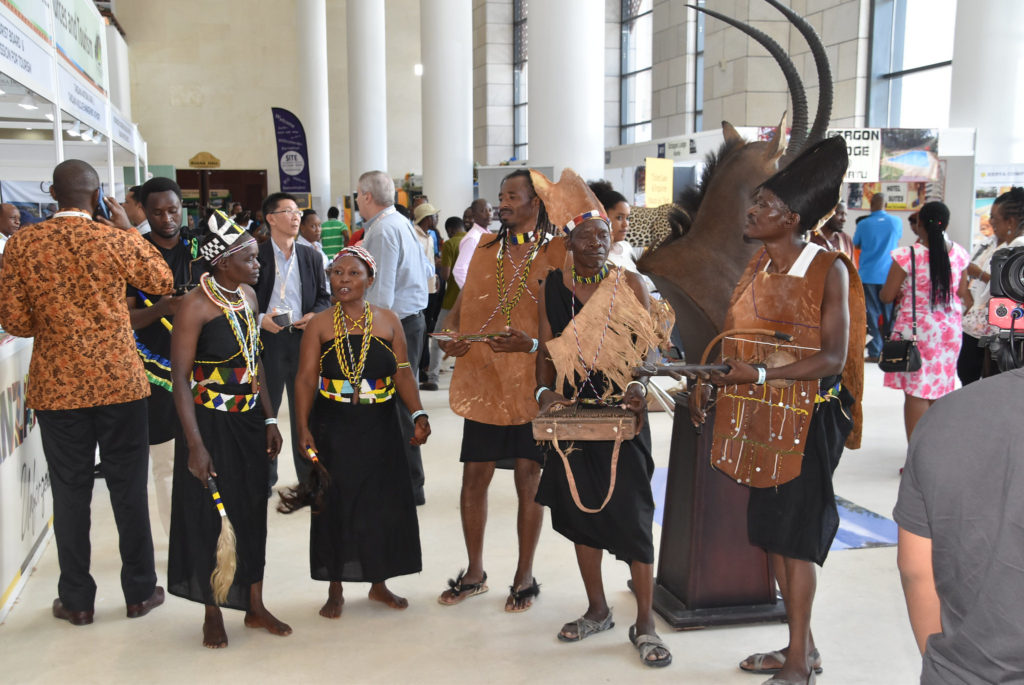
Cycling and Mountain Biking
A Tanzanian cycling safari is amazing because there are thousands of miles of single-track routes to explore, most of which are smooth, easy riding.
Tanzania biking tour offers diversity – a range of biking terrain combined with fantastic scenery! With plenty of National Parks and game drives, this tour offers the opportunity to see the Big Five, Mt Kilimanjaro, the Ngorongoro crater, The Usambara and Uluguru Mountains and the stunning beaches of Zanzibar.
Tanzania has stunning landscapes – from the slopes of Mt Kilimanjaro to the Rift Valley. This trip offers biking as it should be – off the beaten path and great fun!
Beach Holidays
The coast of Tanzania is perhaps most famous for the Zanzibar Archipelago, a cluster of islands that saw the growth and survival of Swahili civilisation and trade until the mid-twentieth century.
Click to view the beaches of Zanzibar
Zanzibar enchants and beguiles with its oriental mystique and forgotten exoticism — the very name evokes the Spice Islands and the dhow trade, sultans and palaces built of limestone and corals against the palm trees and the crashing surf. But there’s more to the islands of Tanzania than just Zanzibar.
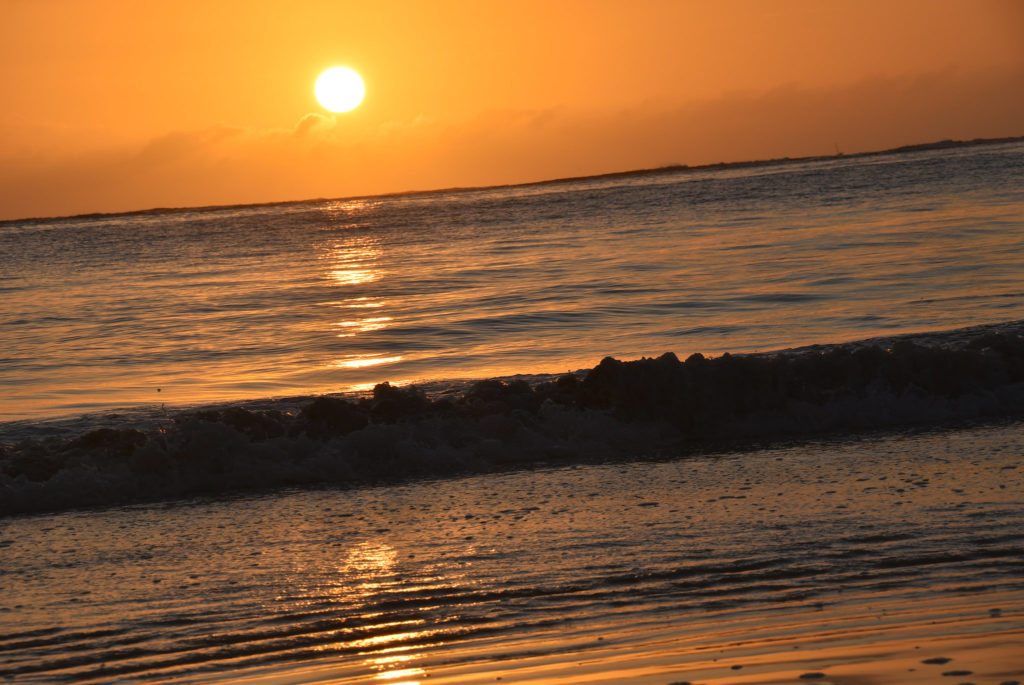
Throughout the archipelago, deserted islands and sandbars beckon and abound. Some have slave caves and colonial graves, others have the ruins of sultan’s palaces and stately plantations. In Pemba, villages steeped in culture and traditions which preserve the Swahili way of life, almost oblivious to the world around them.
On the islands of Mafia, old trading towns line the walkway to abandoned ports and the gentle sea. Throughout the Swahili Coast, diving, swimming, and snorkeling offer superb vistas of thriving coral and marine life. Whether you’re content to stay on the mainland coast, or want to venture off into the atolls and islands of the Indian Ocean, the Tanzanian coast is a place of untouched beauty and enchantment.
Conference Tourism
Arusha International Conference Centre (AICC)
The Arusha International Conference Centre (AICC) lies in the heart of Arusha city, half-way between Cape Town and Cairo, only a stone’s throw away from Africa’s greatest Mountain, Mt. Kilimanjaro and the safari-gateway to the astounding wildlife of Ngorongoro Crater, the Serengeti, Tarangire and Lake Manyara National Parks.
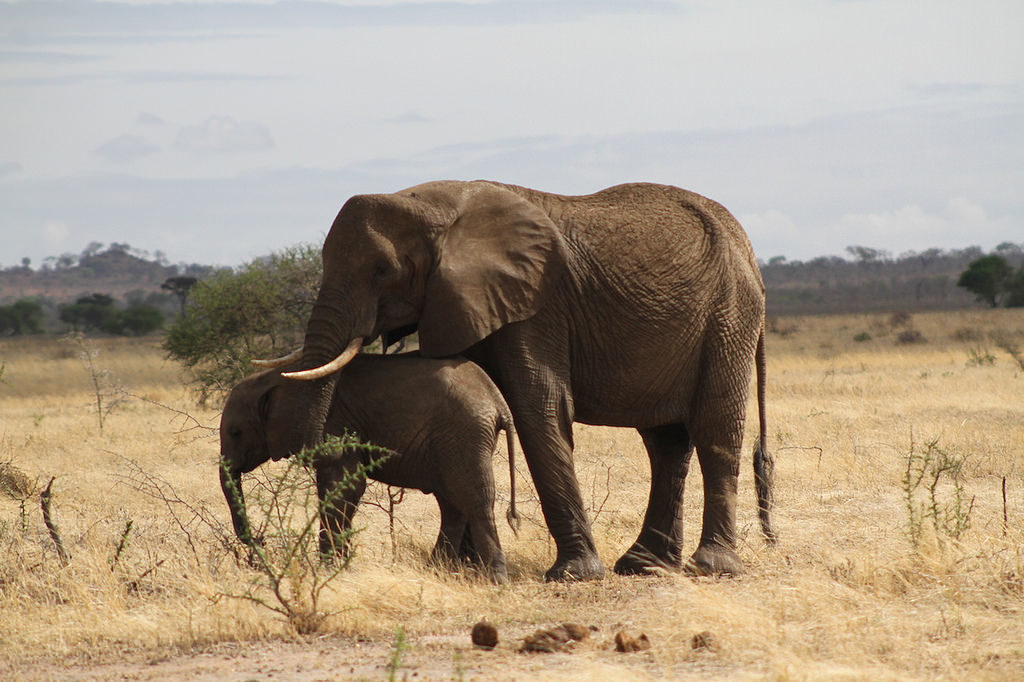
The Centre has a total of ten (10) meeting rooms with a seating capacity from 10 in the break-out rooms to 1,350 delegates in the main auditorium. In addition, the Centre has reserved rooms for receiving VIPs and other distinguished dignitaries.

All major rooms are fitted with modern conference equipment such as Simultaneous Interpretation Systems (SIS), multimedia (LCD) projectors and other audio-visuals. The average total occupancy for all the meeting rooms when in use is about 2,500 delegates.
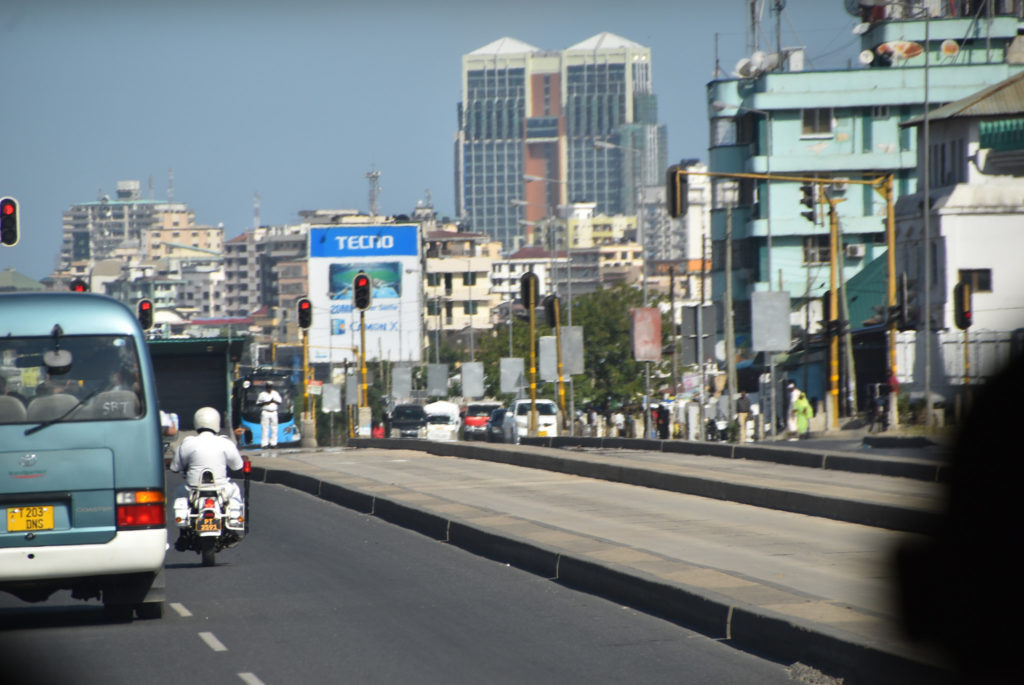
The Centre hosts an average of 100 meetings each year with a total average number of 11,000 conference delegates per year, thus contributing immensely to the socio-economic development of the City and the country at large.
The Julius Nyerere International Convention Centre (JNICC)
The Julius Nyerere International Convention Centre, a branch of the Arusha International Conference Centre is purpose built Convention Centre in Dar es salaam City a major gateway to the world renowned “southern tourist circuit”, the “coastal tourist circuit” and Zanzibar in Tanzania, with sophisticated audio-video, communication and Information technology.
